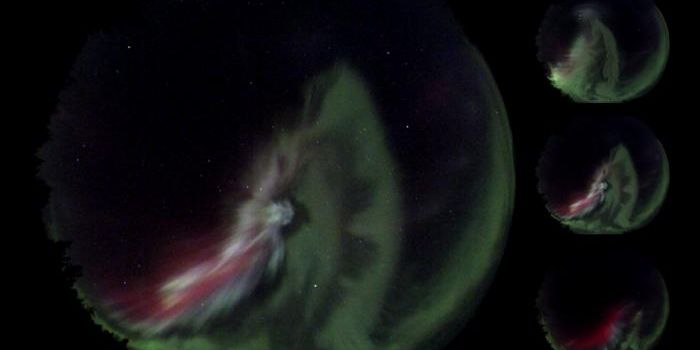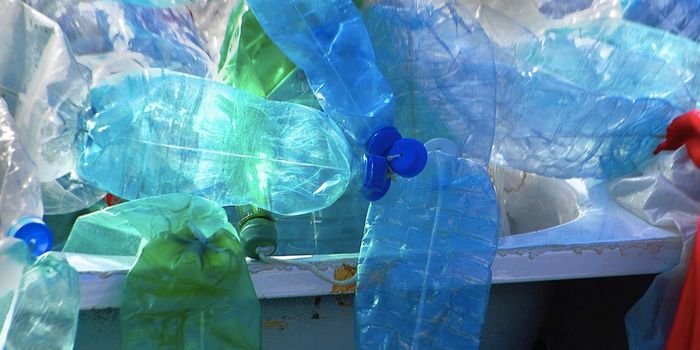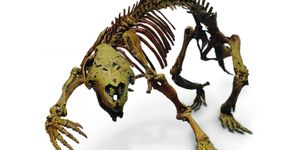Cracking the structural code of nacre
Researchers have finally figured out how nacre – also known as mother of pearl – forms its perfect structure. As one of the strongest naturally-occurring materials known to science, nacre is coveted for its highly periodic and uniform structure – but until now how that structure forms has been an enigma.
"In the very beginning, the layered mineral-organic tissue is full of structural faults that propagate through a number of layers like a helix. In fact, they look like a spiral staircase, having either right-handed or left-handed orientation," says Dr. Igor Zlotnikov, research group leader at the B CUBE -- Center for Molecular Bioengineering at TU Dresden. "The role of these defects in forming such a periodic tissue has never been established. On the other hand, the mature nacre is defect-free, with a regular, uniform structure. How could perfection emerge from such disorder?"
In order to figure out the answer to this question, a collaboration of scientists from Zlotnikov’s group and the European Synchrotron Radiation Facility (ESRF) used synchrotron-based holographic X-ray nano-tomography to observe how nacre develops.
"The combination of electron-dense and highly periodical inorganic platelets with delicate and slender organic interfaces makes nacre a challenging structure to image. Cryogenic imaging helped us to obtain the resolving power we needed," explains Dr. Pacureanu from the X-ray Nanoprobe group at the ESRF.
"Nacre is an extremely fine structure, having organic features below 50 nm in size. Beamline ID16A at the ESRF provided us with an unprecedented capability to visualize nacre in three-dimensions," adds Dr. Zlotnikov.

In order to understand the images that they captured, the researchers trained a neural network to separate the layers of nacre, thus allowing them to visualize the growth behavior of the structure over time. What they saw was unexpected, reports Science Daily:
“Defects of opposite screw direction were attracted to each other from vast distances. The right-handed and left-handed defects moved through the structure, until they met, and canceled each other out. These events led to a tissue-wide synchronization. Over time, it allowed the structure to develop into a perfectly regular and defect-free.”
The researchers say their discovery not only sheds light on how nacre forms - which has remained a mystery for years - but could also inform the future development of biogenic structures
Sources: Nature Physics, Science Daily








